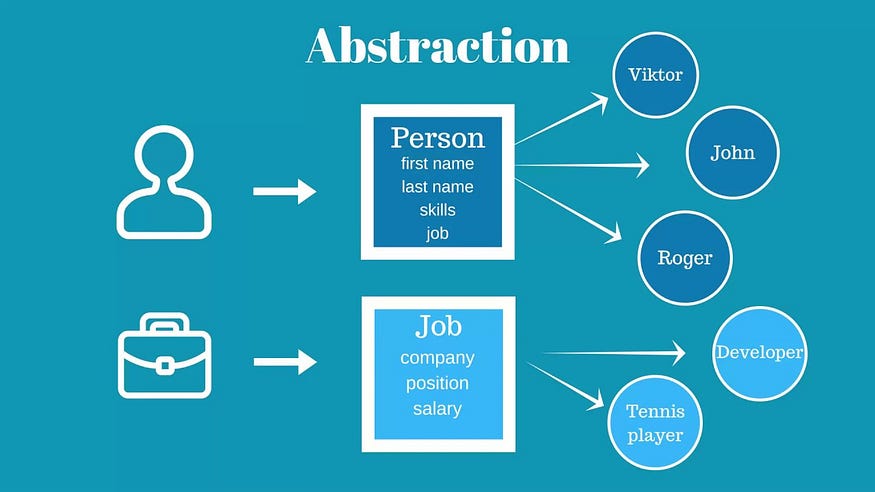#PYTHON(DAY27)
Exception Handling
The try block lets you test a block of code for errors.
The except block lets you handle the error.
The else block lets you execute code when there is no error.
The finally block lets you execute code, regardless of the result of the try- and except blocks.
When an error occurs, or exception as we call it, Python will normally stop and generate an error message.
These exceptions can be handled using the try statement:
Example:
The try block will generate an exception, because x is not defined:
try:
print(x)
except:
print("An exception occurred")And the output is:
An exception occurredSince the try block raises an error, the except block will be executed.
Without the try block, the program will crash and raise an error:
Example
This statement will raise an error, because x is not defined:
print(x)And the output is:
Traceback (most recent call last):
File "demo_try_except_error.py", line 3, in <module>
print(x)
NameError: name 'x' is not definedMany Exceptions
You can define as many exception blocks as you want, e.g. if you want to execute a special block of code for a special kind of error:
Example
Print one message if the try block raises a Name Errorand another for other errors:
try:
print(x)
except NameError:
print("Variable x is not defined")
except:
print("Something else went wrong")Variable x is not definedElse
You can use the else keyword to define a block of code to be executed if no errors were raised:
Example
In this example, the try block does not generate any error:
try:
print("Hello")
except:
print("Something went wrong")
else:
print("Nothing went wrong")And the output is:
Hello
Nothing went wrongFinally
The finally block, if specified, will be executed regardless if the try block raises an error or not.
Example
try:
print(x)
except:
print("Something went wrong")
finally:
print("The 'try except' is finished")And the output is:
Something went wrong
The 'try except' is finishedRaise an exception
As a Python developer you can choose to throw an exception if a condition occurs.
To throw (or raise) an exception, use the raise keyword.
Example
Raise an error and stop the program if x is lower than 0:
x = -1
if x < 0:
raise Exception("Sorry, no numbers below zero")And the output is:
Traceback (most recent call last):
File "demo_ref_keyword_raise.py", line 4, in <module>
raise Exception("Sorry, no numbers below zero")
Exception: Sorry, no numbers below zeroThe raise keyword is used to raise an exception.
You can define what kind of error to raise, and the text to print to the user.
Example
Raise a TypeError if x is not an integer:
x = "hello"
if not type(x) is int:
raise TypeError("Only integers are allowed")And the output is:
Traceback (most recent call last):
File "demo_ref_keyword_raise2.py", line 4, in <module>
raise TypeError("Only integers are allowed")
TypeError: Only integers are allowed



